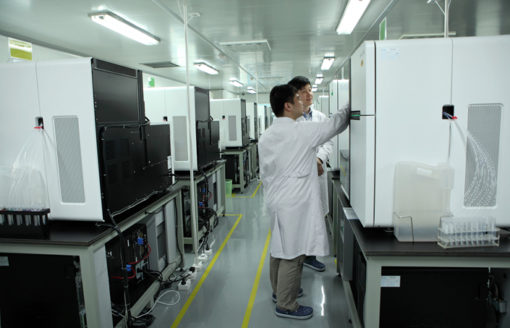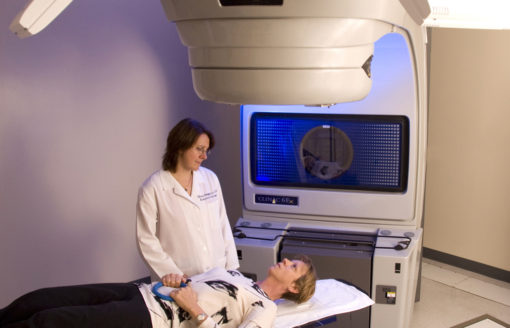Oncology has become the biggest therapy class in terms of revenue. IQVIA, a global provider of analytics, technology solutions, and contract research services to the life sciences industry, estimates that global spending on cancer medicines for therapeutic and supportive care use was $133 billion worldwide in 2017, with projected growth reaching $200 billion by 2022.
Biomarker, a molecule secreted by a tumor or a specific response of the body to the presence of cancer, has changed the way cancer is classified. Tumors have been increasingly segmented based on their genetic features. Moreover, attention has been shifted to more specialized tumors with larger unmet need from tumor types with high incidence rate. The continuation of these trends would ultimately lead to precision medicines tailoring to each patient’s genetic information for disease prevention and treatment.
The use of biomarkers in clinical trials via companion diagnostic tests has been on the rise. Diagnostic tests can predict how a patient responds to a targeted therapy, so these tests are deployed for selecting patients most likely to benefit from a therapy to participate in relevant trails. During 2010 and 2017, the share of oncology trials using biomarkers for patient screening or stratification rose to 34% from 24%. Furthermore, 90% of cancer drug development in 2017 was targeted therapies.
As a whole, the oncology drug market is overcrowded because in about 80% of the cases there are multiple drug developers for each compound being developed. Hence, the product life cycle of oncology medicines is now almost five times shorter than it was in the 1990, with many therapies being replaced by new ones with only similar efficacy in just a few years. Such a short product life cycle not only diminishes the feasibility of extended periods of exclusivity but also requires rapid and continued innovations.





Global Genomics Market